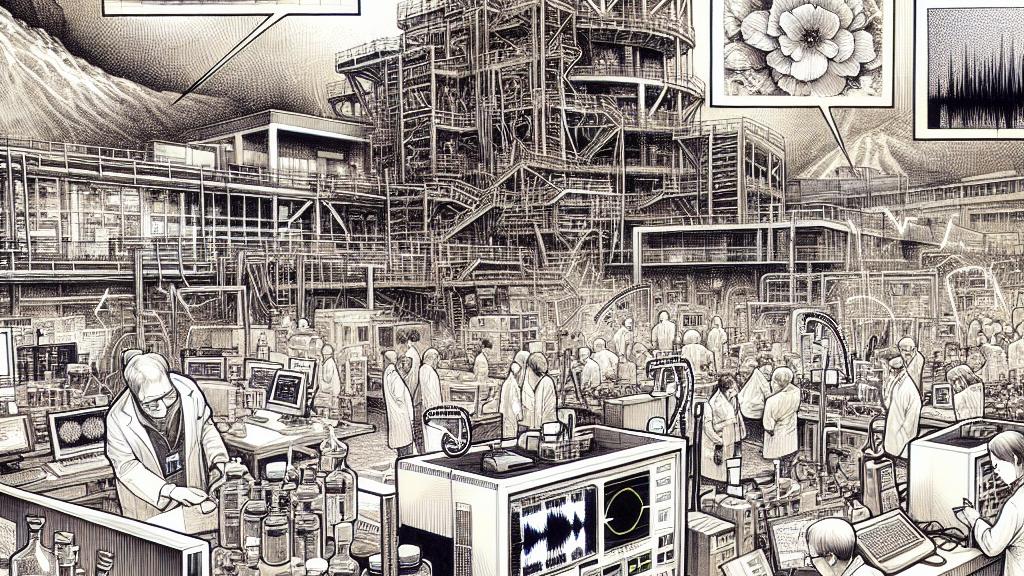Will Scientists Survive the Next Megaquake? Labs Gear Up for Seismic Threat!
Overview
- Japan's vulnerability to earthquakes drives new lab safety enhancements.
- Researchers are proactive in protecting fragile equipment and unique biological samples.
- Comprehensive training and robust guidelines are pivotal for effective disaster readiness.

Heightened Earthquake Preparedness in Japan
As a nation situated in a seismically active zone, Japan recently issued its first megaquake alert, reflecting an increased risk of large earthquakes along the Pacific coast. This development arose shortly after a significant 7.1 magnitude quake rattled the region. The experience from the catastrophic Tōhoku earthquake in 2011, which devastated research facilities and caused irreparable loss, remains a stark reminder for institutions like Tohoku University. Researchers, grappling with the memory of losing years of research and advanced equipment, are now accelerating their preparation efforts. Laboratories are enhancing their preparedness through robust safety measures, including securing heavy equipment and utilizing novel storage solutions. Nonetheless, there is an urgent call for institutions to create a cultural shift in sharing safety protocols and experiences, ensuring every lab is equipped with the knowledge to mitigate risks from future seismic events.
Securing Lab Equipment: A Top Priority
The catastrophic potential of earthquakes necessitates that securing laboratory equipment becomes a primary focus for researchers. Notably, experts like Hideki Tatsukawa at Nagoya University are meticulously anchoring tall equipment and reinforcing storage protocols to minimize damages and prevent secondary hazards such as fires or gas leaks. The consequences of neglecting these safety measures can be devastating; for instance, following the 2011 earthquake, Tohoku University incurred approximately $180 million in damages. Such staggering figures highlight the need for robust, proactive approaches in research environments where the interplay of safety and scientific innovation is critically evaluated. Institutions must prioritize a culture where equipment security is ingrained in daily practices, and researchers are empowered to take personal responsibility for their safety and that of their colleagues. This focus must be coupled with continuous training and drills that reinforce the importance of preparedness.
Strategies for Effective Evacuation and Emergency Planning
Implementing effective evacuation plans and preparing emergency kits is crucial for a successful response to earthquakes. The CDC stresses the importance of regularly practicing emergency drills utilizing the 'drop, cover, and hold on' technique, ensuring lab personnel and their families are familiar with the necessary actions during seismic events. Each laboratory should meticulously plan safe evacuation routes and designate meeting points post-evacuation to facilitate efficient communication. Moreover, assembling a comprehensive emergency kit—complete with essential supplies such as water, non-perishable food, first aid supplies, and tools—ensures preparedness for the aftermath of a disaster. Clear communication strategies and well-defined emergency protocols can significantly enhance a lab’s resilience, enabling a timely response in a critical moment. By fostering a culture of readiness and accountability, labs can significantly mitigate risks, securing both personnel safety and the integrity of valuable research endeavors.

Loading...